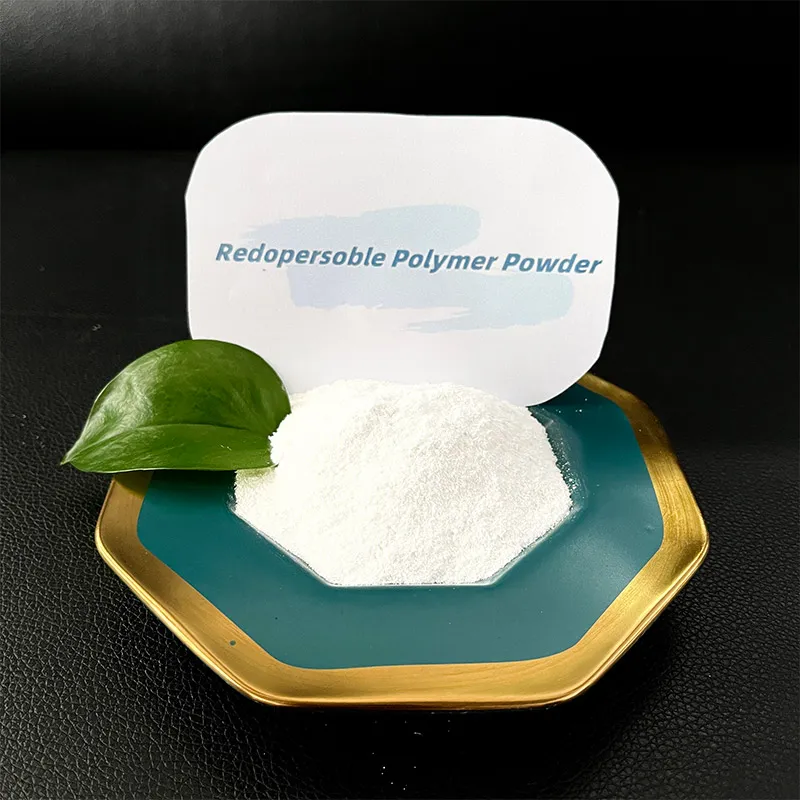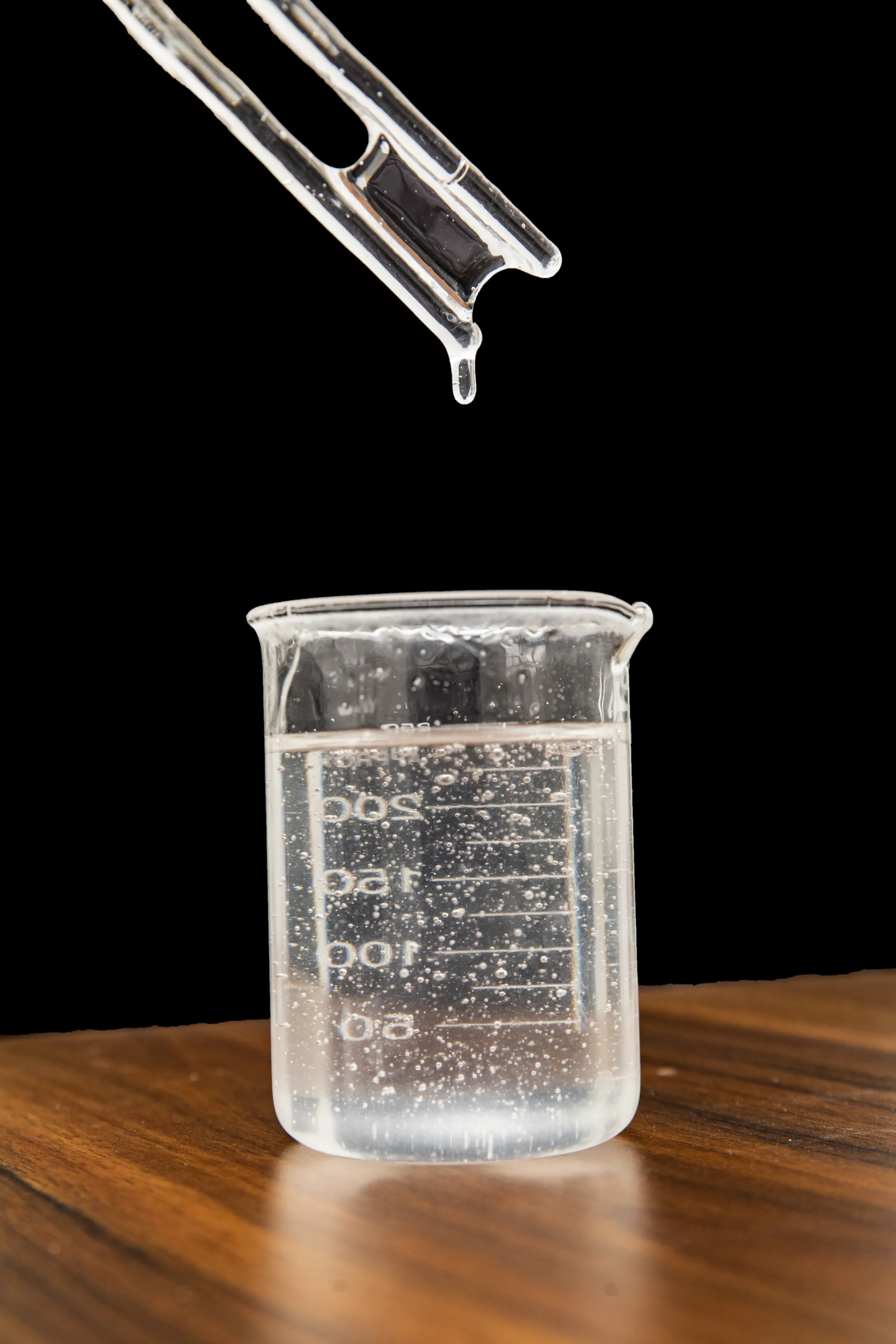
-

Add: HeBei ShengShi HongBang Cellulose Technology CO.,LTD.
-

Email
13180486930@163.com -

CONTACT US
+86 13180486930

HPMC Applications Key Uses in Construction, Pharma & Adhesives
- Overview of HPMC and Polymer-Based Material Innovations
- Technical Advantages of HPMC and Composite Materials
- Market Data: Growth Trends in Material Applications
- Vendor Comparison: Performance Metrics Across Industries
- Custom Solutions for Diverse Industrial Requirements
- Case Studies: Real-World Implementations
- Future Prospects of HPMC Applications in Advanced Material Engineering

(hpmc applications)
Innovations in HPMC Applications and Related Material Technologies
Hydroxypropyl methylcellulose (HPMC) has emerged as a cornerstone in material science, particularly in construction, pharmaceuticals, and polymer composites. Its compatibility with rubber powder and polypropylene fibers has expanded its utility across industries. For instance, HPMC’s role in enhancing the viscosity and water retention of cementitious mixtures is well-documented, while rubber powder recycled from tires finds new life in asphalt modification and soundproofing solutions. Similarly, polypropylene fiber applications range from reinforcing concrete to manufacturing lightweight automotive components. This synergy between HPMC and secondary materials underscores a shift toward sustainable, high-performance engineering.
Technical Advantages of HPMC and Composite Materials
HPMC offers unparalleled chemical stability, thermal resistance, and biodegradability, making it ideal for eco-sensitive projects. When combined with rubber powder (particle sizes 40–100 mesh), it improves asphalt durability by 30–40%, reducing road maintenance costs. Polypropylene fibers, with tensile strengths exceeding 350 MPa, enhance crack resistance in concrete by up to 65%. These materials also exhibit synergistic effects: HPMC acts as a dispersant for rubber particles, while polypropylene fibers provide structural reinforcement, creating composites that outperform traditional alternatives.
Market Data: Growth Trends in Material Applications
The global HPMC market is projected to grow at a CAGR of 6.8% through 2030, driven by construction and pharmaceutical demands. Rubber powder applications are expected to save 18 million metric tons of CO₂ annually by 2035 through tire recycling. Polypropylene fiber demand in automotive and construction sectors will reach $45 billion by 2027, reflecting a 9.2% CAGR. These figures highlight the economic and environmental impact of adopting advanced material solutions.
Vendor Comparison: Performance Metrics Across Industries
| Vendor | HPMC Purity (%) | Rubber Powder Mesh Range | Fiber Tensile Strength (MPa) | Industry Focus |
|---|---|---|---|---|
| MaterialSolutions Co. | 99.2 | 60–120 | 380 | Construction, Automotive |
| PolyTech Industries | 98.5 | 40–80 | 345 | Pharmaceuticals, Textiles |
| EcoFiber Global | 97.8 | 80–200 | 410 | Infrastructure, Aerospace |
Custom Solutions for Diverse Industrial Requirements
Tailored formulations address specific challenges: HPMC grades with varying viscosities (50–100,000 mPa·s) optimize drug release profiles in pharmaceuticals. Rubber powder-asphalt blends are customized for regional climate conditions—arctic mixes prioritize flexibility, while tropical blends focus on UV resistance. Polypropylene fiber lengths (6–24 mm) are adjusted for concrete slab thickness, ensuring uniform stress distribution. Such precision engineering enables clients to achieve 15–25% higher ROI compared to off-the-shelf products.
Case Studies: Real-World Implementations
A highway project in Scandinavia utilized HPMC-enhanced rubberized asphalt to reduce ice formation by 50%, lowering accident rates. In contrast, a UAE skyscraper integrated polypropylene fibers into its concrete core, achieving a 70-year lifespan despite extreme thermal cycling. Pharmaceutical giant BioHealth reported a 22% increase in tablet dissolution consistency after switching to HPMC-based coatings. These successes validate the scalability of material innovations.
Future Prospects of HPMC Applications in Advanced Material Engineering
Ongoing R&D aims to unlock new frontiers for HPMC applications, such as 3D-printed biodegradable scaffolds using HPMC-rubber composites. Smart polypropylene fibers embedded with nanosensors could enable real-time structural health monitoring in bridges. With regulatory shifts favoring circular economies, the integration of HPMC, rubber powder, and polypropylene fibers will likely redefine sustainability standards, positioning these materials as linchpins of next-gen industrial design.

(hpmc applications)
FAQS on hpmc applications
Q: What are the primary applications of HPMC in industrial and construction sectors?
A: HPMC (Hydroxypropyl Methylcellulose) is widely used as a thickener, binder, and film-former in construction materials like tile adhesives, cement renders, and gypsum products. It enhances water retention, workability, and adhesion in mortars and coatings. It also acts as a stabilizer in paints and personal care products.
Q: How is rubber powder recycled and utilized in practical applications?
A: Recycled rubber powder is used in asphalt for road construction, sports surfaces, and rubberized flooring. It also serves as a filler in automotive parts, footwear, and eco-friendly composite materials. Applications reduce waste and improve material durability and elasticity.
Q: What industries benefit from polypropylene fiber applications?
A: Polypropylene fibers reinforce concrete, reduce cracking, and improve structural integrity in construction. They are used in textiles for geotextiles, medical masks, and automotive interiors. Their lightweight, chemical-resistant properties make them ideal for packaging and filtration systems.
Q: Can HPMC be combined with rubber powder or polypropylene fibers in composite materials?
A: Yes, HPMC acts as a binder in composites integrating rubber powder for eco-friendly tiles or soundproofing panels. When mixed with polypropylene fibers, it enhances mechanical strength in cement-based products. Such combinations improve sustainability and performance in specialized applications.
Q: Are there biomedical applications for HPMC?
A: HPMC is used in pharmaceuticals as a coating for tablets and in controlled-release drug formulations. It also serves as a lubricant in ophthalmic solutions and topical gels. Its non-toxic, biodegradable nature makes it suitable for medical and cosmetic products.
-
Ethyl Cellulose Powder as a Pharmaceutical BinderNewsJul.10,2025
-
Blending Fibre Natural and Synthetic for PerformanceNewsJul.10,2025
-
Starch Ether For Construction: The Advanced Mortar Additive RevolutionNewsJul.10,2025
-
MHEC Cellulose in Cement-Based Renders and PlastersNewsJul.10,2025
-
Micronized Rubber Powder Dispersion TechniquesNewsJul.10,2025
-
Impact of Cream of Tartar Plaster Retarder on Final StrengthNewsJul.10,2025
-
Rubber Powder Durability in ConstructionNewsJun.26,2025











